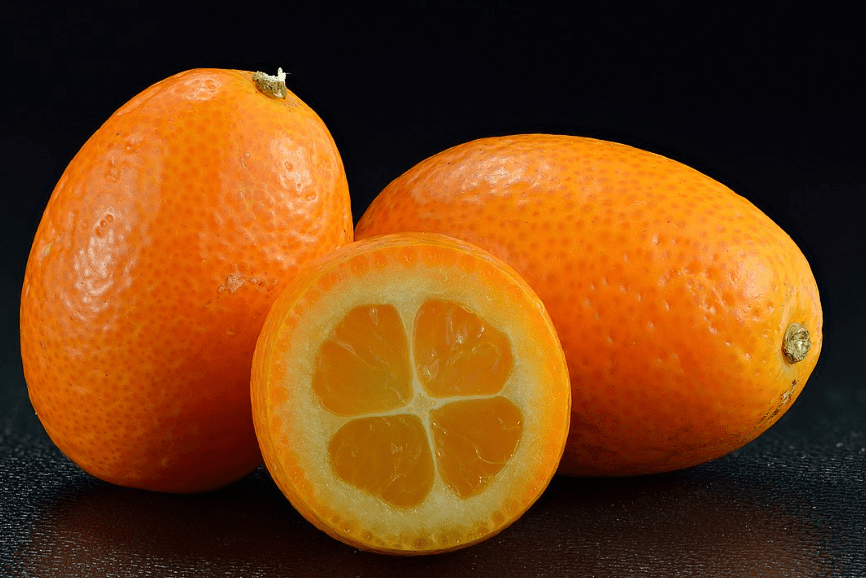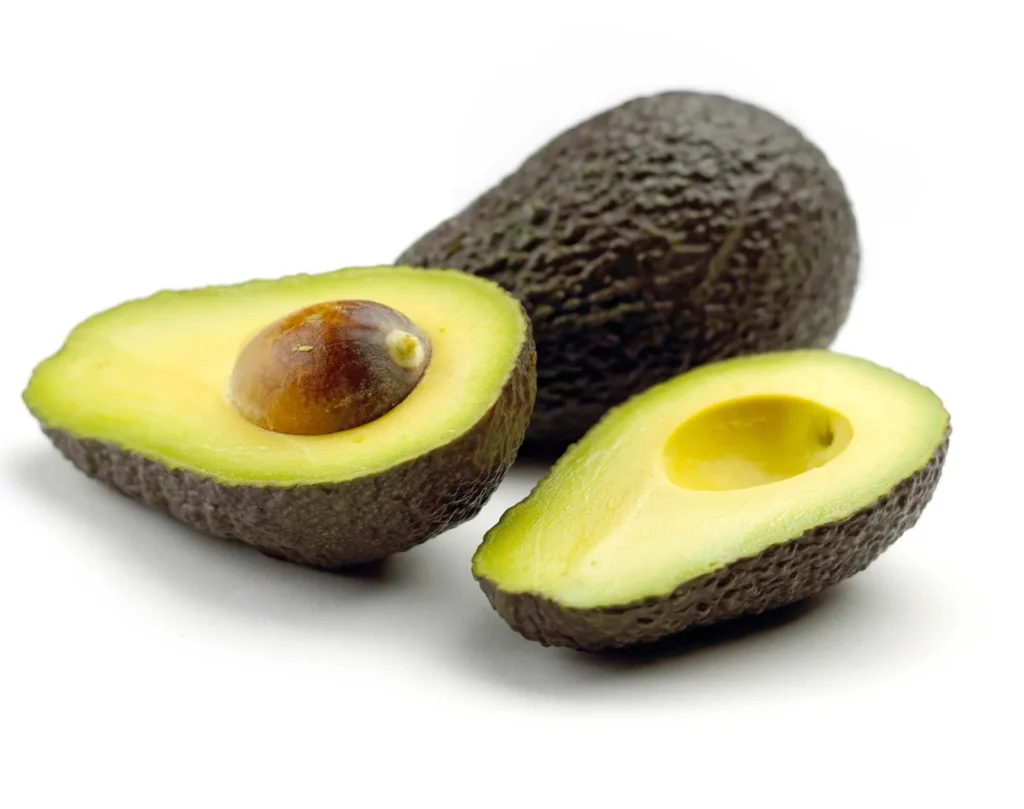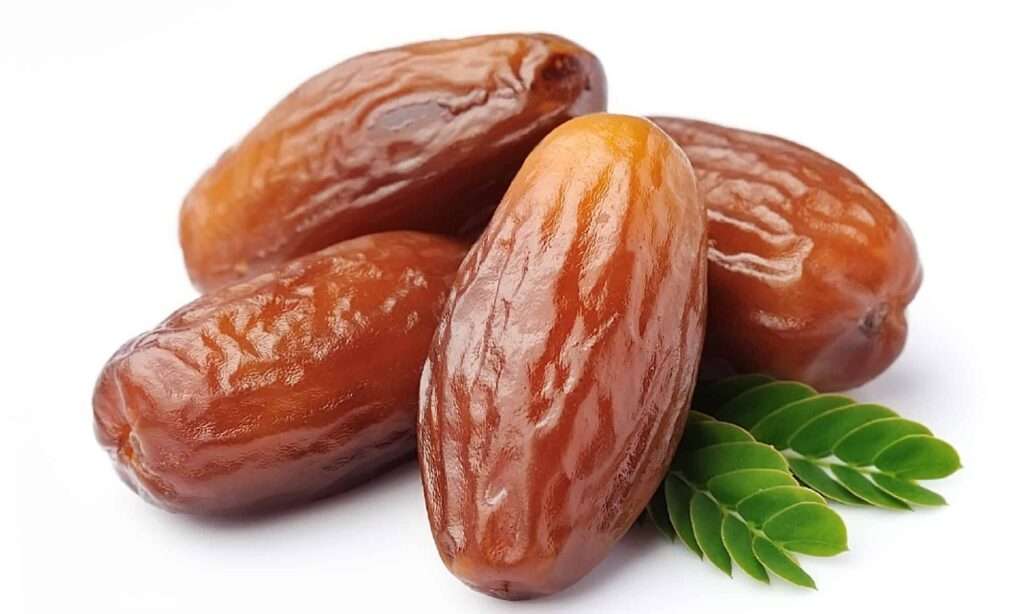
Description
Southeast Asia is the home of the kumquat, a tasty orange-like fruit. Despite having a shape and colour similar to an orange, the citrus fruit is actually rather small—about the size of an olive. Kumquats are often oblong or spherical in shape.
Varieties
Popular types of kumquats include:
The most common variety of kumquat is Citrus japonica ‘Nagami’. The fruit is oval in shape and has two to five seeds. It is a deep orange colour.
The citrus japonica ‘Meiwa’ variety is larger than the ‘Nagami’ kind, has sweeter pulp and juice, and is almost seedless.
The fruit of the citrus japonica ‘Marumi’ variety is small, spherical, and extremely juicy with a thick yellow-orange rind.
Kumquats of the compact cultivar Citrus japonica ‘Centennial Variegated’ reach heights of 7 to 10 feet.

Uses
Kumquats are edible raw. Kumquats have a tasty skin, so you can eat them whole unlike other citrus fruits. To enjoy a blast of sweet and tangy flavors, simply pop them into your mouth. You can also squeeze them to get the juice, which is lemony.
Nutrition
The composition of a raw kumquat is 81% water, 2% protein, 16% carbs, and 1% fat. 71 calories and 53% of the Daily Value of vitamin C are found in 100 g of raw kumquats, which also contain no other significant amounts of micronutrients.
Cultivation
Mildly acidic soil: Aim for a pH between 5.5 and 6.5 to achieve the proper level of acidity. Kumquat trees require a lot of exposure to direct sunlight. No frost: A kumquat tree can be killed by exposure to frost.
Table





